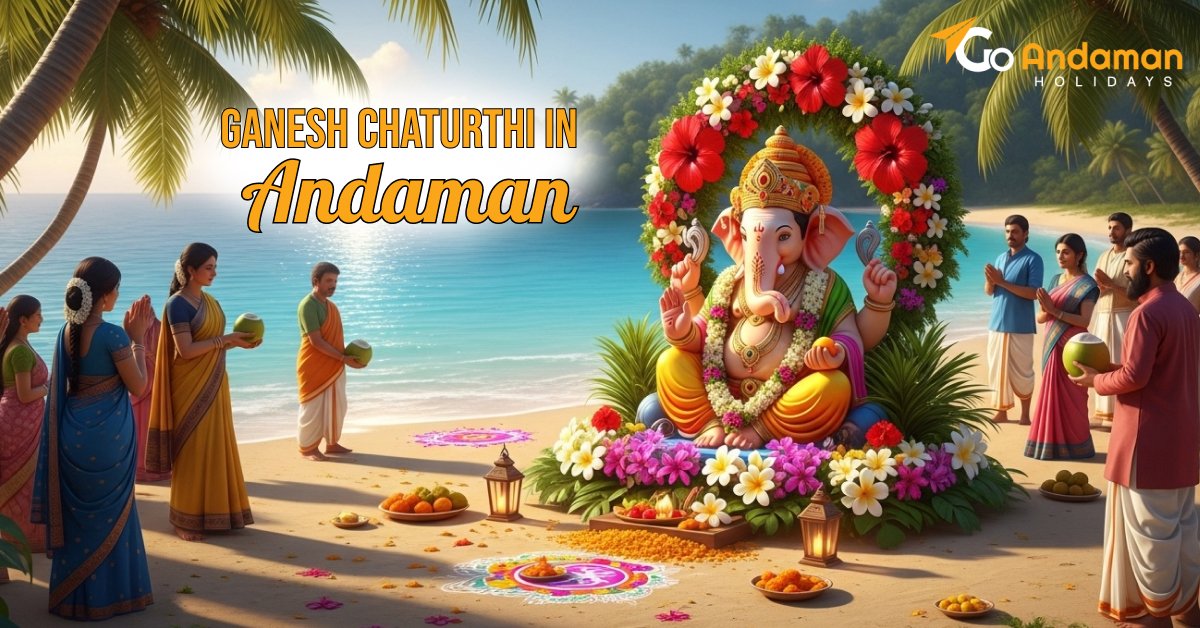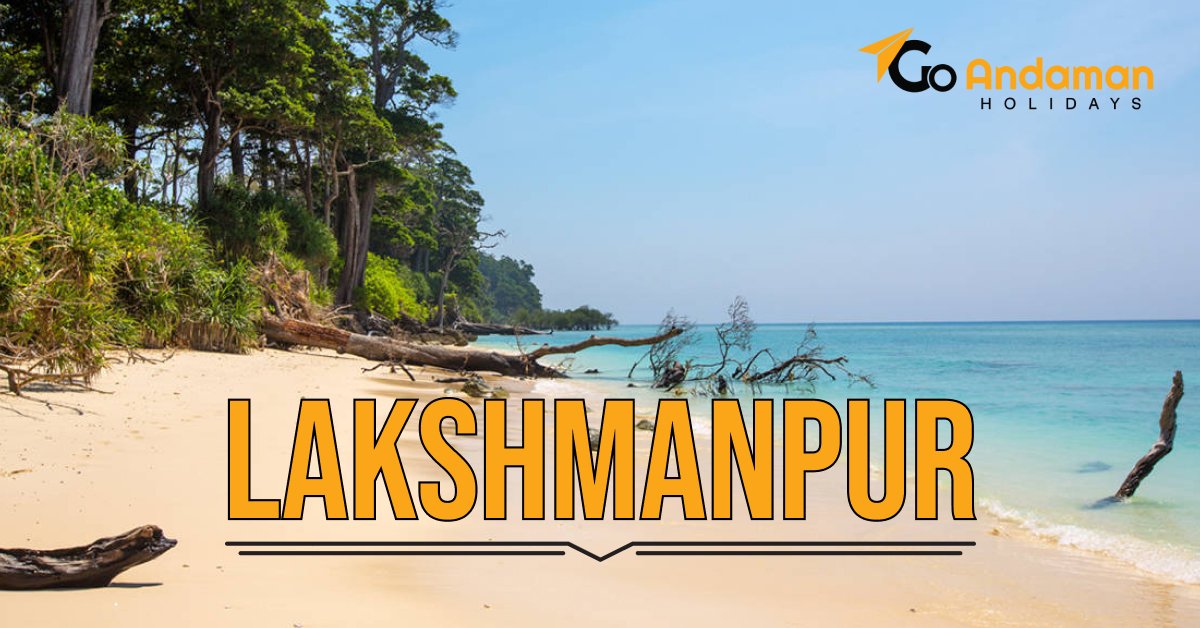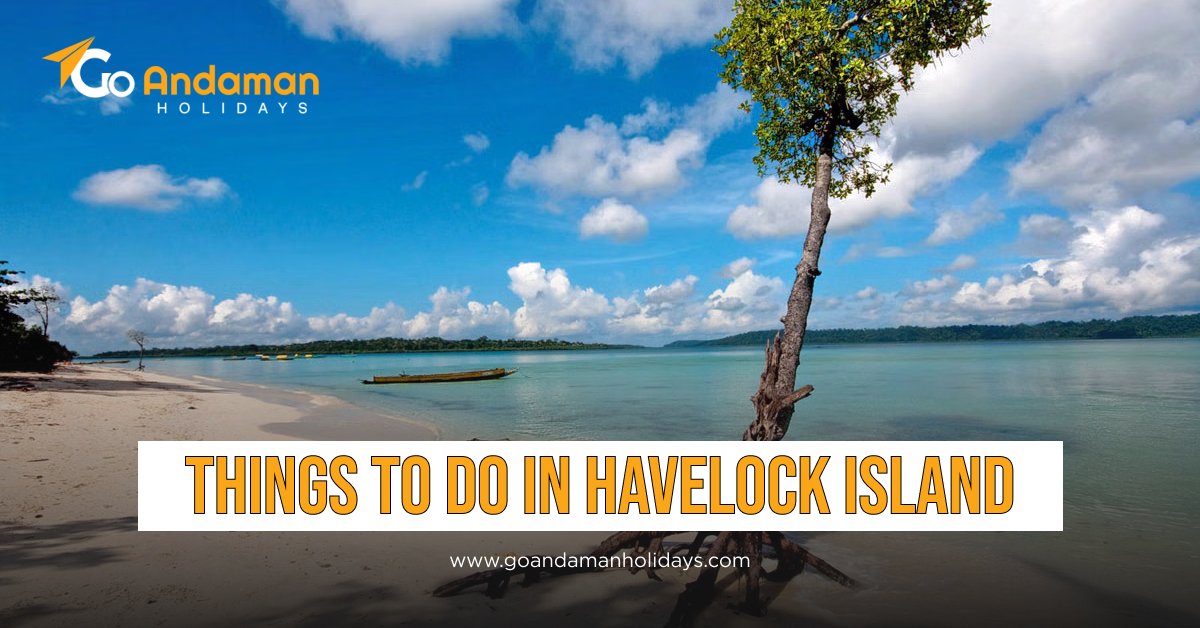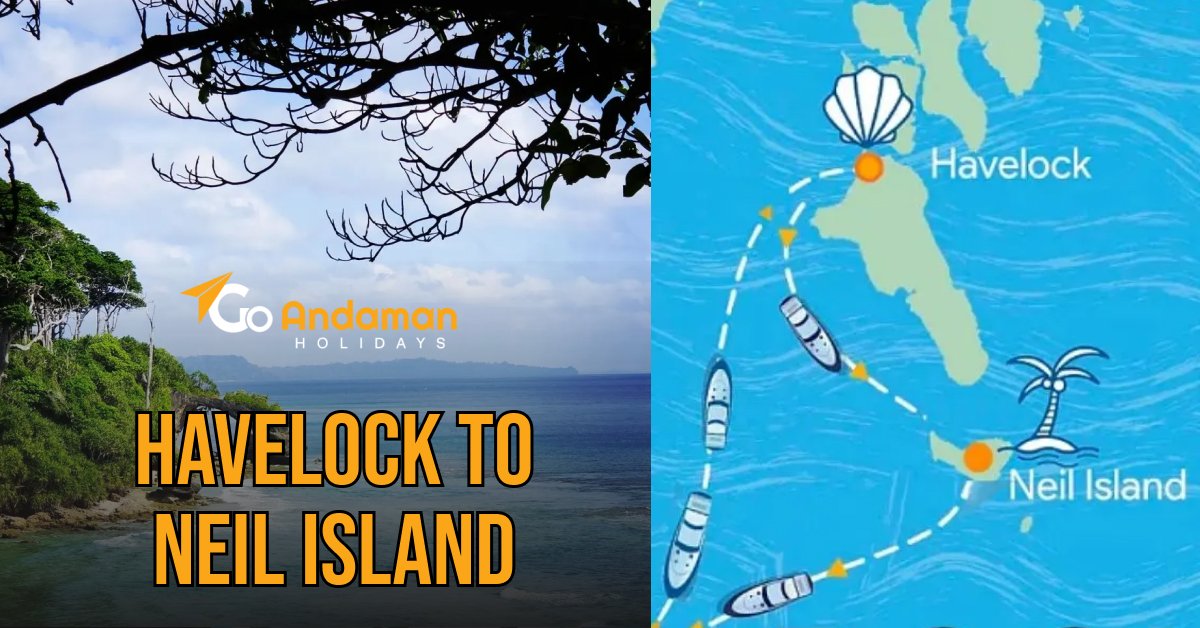
- Suresh Kumar
- 28-05-2025
- 0 Comments
The Ultimate Guide to Visiting Diglipur Island in the Andaman Archipelago
A world removed from the tourist pandemonium of Port Blair and the resort glitz of Havelock, Diglipur Island of the Andaman Archipelago sleeps peacefully in the north, ready to leave you speechless at its natural, unspoiled beauty. An insider's tip for the Andaman and Nicobar Islands, it is an ideal destination for travellers who are looking for offbeat experiences, virgin nature, and adventure in peace. If you are travelling in the Andamans but would rather experience something other than the usual beaches and snorkelling areas, then it has to be at least on your "to see" list.
Where is Diglipur Island?
Approximately 325 kilometres north of North Andaman's largest town, Port Blair. Although technically on North Andaman Island and not a separate island, it is named Diglipur Island because of its unique nature and landscape. It is located near the northernmost extremity of the Andaman chain, flanked by the vast area of the Bay of Bengal and among the area's richest biodiverse environments.
Why Visit Diglipur Island?
Diglipur is better known as the Andaman Islands' best-kept secret—and for good reason. Unlike the other developed islands, Diglipur Island is untouched by commercial tourism. Here's why:
-
Dwelling place of India's sole active mud volcanoes
-
Gateway to the Andaman's highest peak—Saddle Peak
-
Location of the rare twin islands, Ross and Smith
-
Quiet rural life and lush greenery
-
Fewer tourists, more nature
How to Reach Diglipur Island
It is somewhat of a journey to get to Diglipur Island, but it's worth it.
By Road
Diglipur can be accessed by road from Port Blair through a 12–14 hour journey. The journey passes along the Andaman Trunk Road (ATR) and through forests, creeks, and tribal reserves. You will require permits to travel through some of the protected areas, such as the Jarawa Tribal Reserve.
By Sea
Government ferries between Port Blair and Diglipur run a couple of times a week. The trip lasts around 10–12 hours, depending on the sea conditions.
By Air
There is an airstrip at Kalikapur close to Diglipur, but commercial flights are not running to date. However, helicopter service also runs occasionally from Port Blair, so it is still a faster means for busy tourists.
Best Time to Visit Diglipur Island
The best time to visit is between October and April. The weather is pleasant, the seas are calm, and nature is fine during this period. Don't visit during monsoon (May to September) because heavy rains can disturb travelling and other outdoor activities.
Best Places to Visit in Diglipur Island
1. Ross and Smith Islands – The Twin Wonder
The unchallenged crown jewel of Diglipur tourism, the Ross and Smith Islands are two tiny islands joined together by a sandbar that nature created. During low tide, you can walk on the sandbar, as if worlds apart. The sea is crystal clear and perfect for swimming, sunbathing, and shallow snorkelling. The twin islands belong to a marine sanctuary and are therefore protected, so you'll have to take a permit to visit—but it's worth all the trouble.
2. Saddle Peak – Touching the Sky
732 meters high, Saddle Peak is the highest summit in the Andaman and Nicobar Islands. Climbing to the summit takes you through dense tropical rainforest, with birdsong, rustling leaves, and occasional flowers filling your ears. It's a 5–7 hour climb up and down again, but the valley view from the top is stunning. On a clear day, you can see the open blue Bay of Bengal and islands in all directions.
3. Kalipur Beach – Turtle Nesting Ground
Kalipur Beach, a few miles from the town, is made up of black volcanic sand, and a pretty uncommon sight to behold of turtle nesting. Four species of sea turtles, i.e., Olive Ridley, Leatherback, Hawksbill, and Green turtles, come onto the beach between February to December to nest. Because conservation units have been stationed everywhere, it is not difficult to be so lucky as to witness hatchlings released into the sea—a sight which you would not forget in a hurry.
4. Shyam Nagar Mud Volcanoes
One of the hidden natural treasures in India, the mud volcanoes of Shyam Nagar are found nowhere in the island of Diglipur. They aren't explosive lava volcanoes but tiny hummocks spewing and burping methane-charged mud. It's a short diversion but a thrilling halting place for nature enthusiasts and geology fans.
5. Lamiya Bay – Gentle and Savage
Very close to Kalipur Beach, pebble beach Lamiya Bay features rocky outcrops, driftwood, and peace. It is dangerous to swim there because of the strong current, but a wonderful opportunity for photography, ideally during sunrise and sunset. Additionally, it also marks the trailhead of Saddle Peak.
Things to Do in Diglipur Island
Apart from visiting places, it offers plenty of activities that combine nature, adventure, and culture.
-
Trekking: Conquer the challenge of Saddle Peak or explore the lesser-explored Kalipur and Lamiya Bay trails.
-
Snorkelling: Though less favoured than Havelock, a few spots surrounding Ross and Smith Islands provide some great snorkelling with coral and fish.
-
Bird Watching: Diglipur forests are made up of endemic and migratory bird populations. Saddle Peak National Park is a good spot to view Andaman woodpeckers, imperial pigeons, etc.
-
Village Walks: Village life is the height of simplicity. Take a walk in the villages to see how people live, till the land, and adhere to their culture.
-
Beach Picnics: As all the beaches are uninhabited, you can go for a picnic in remote areas such as Ramnagar Beach or Kalipur.
Where to Stay in Diglipur Island
Diglipur Island may not have been as lavishly or abundantly hosted as some other popular sites, but the little that they have is clean, functional, and cosy. You will mostly be left with government guesthouses, eco-resorts, and homestays. Some of the more popular options include:
-
Unspoiled Beach Resort close to Kalipur Beach
-
APWD Guest House in town Diglipur
-
Turtle Resort is operated by the Tourism Department
Staying at Kalipur or Saddle Peak base will save you travel time to the main spots.
Local Cuisine and Food
Expect a mix of coastal Indian food and plain fare. Seafood is fresh and abundant, especially fish and crab. Rice, lentils, and vegetables are staples. Don't forget to taste local fruits like bananas, pineapples, and papayas grown on the island itself. Since Diglipur Island is not highly commercialised, food is homemade and wholesome, typically prepared by your hosts or resort chefs.
Permits and Entry Rules
Indian citizens do not require any permits for travel to Diglipur Island, but visitors from abroad do require a Restricted Area Permit (RAP), easily obtainable at arrival in Port Blair or, amazingly, reserved in advance.
But to travel to some of the reserve forests, such as Ross and Smith Islands or Saddle Peak National Park, you might have to arrange permits with the Forest Department. These are extremely easy to arrange from local guides or your hotel.
Safety and Travel Tips for Diglipur Island
-
Cash is King: ATMs are not readily available, and cards or UPI are not accepted in most shops. Well-stock up on cash from Port Blair.
-
Connectivity: Mobile network connectivity is poor, and the internet is typically patchy. The only option available in the region is BSNL.
-
Health: Carry your first-aid kit as pharmacy facilities are negligible. Drink bottled water and practice sun protection.
-
Respect Nature: The Diglipur environment is fragile. Refrain from littering, use reef-safe sunscreen, and do not trespass where turtles nest.
-
Plan Ahead: Since tourist facilities are still in their infancy, pre-book your stay and travel arrangements in advance, particularly during peak season.
Why Diglipur Island is a Must-Visit in the Andamans
In a world of commodified travel experiences that has become globalised, it is different, real. It's where you hike to the top of the islands, walk between twin islands on a sandbar, see turtles nesting under moonlight, and trek through rainforests shrouded in mist—all on one trip. Life moves at a slower pace here, just, and is deeply attuned to nature.
Though it has no five-star resorts or glinting high-speed activities, Diglipur Island has what most tourists are yearning for but never find themselves in a position to experience: peace, awe, and the joy of true discovery. It is the type of place that makes impressions not on the beach, but in your head.
Final Thoughts
If you’re mapping out your Andaman adventure, don’t skip the northern frontier. Diglipur Island isn’t just a destination—it’s an experience of nature in its purest form. Whether you’re an eco-tourist, an adventurer, or someone looking for tranquil escapes, this island will enrich your journey in ways the more crowded spots never could.
Plan, pack your trekking boots and an inquiring mind and get set to discover the untold side of the Andamans at Diglipur Island.
Frequently Asked Questions(FAQs)
Why is Diglipur famous?
Diglipur is famous for its beaches, particularly the twin islands of Ross and Smith, its wildlife sanctuaries such as the Saddle Peak National Park, and its marine life, which can be discovered through snorkelling and scuba diving.
Is it worth going to Diglipur?
With the peacefulness of its serene beaches, the beautiful twin islands of Ross and Smith, active mud volcanoes, the Bay of Bengal's highest peak and turtle nesting areas, Diglipur offers plenty to travellers wanting to get the best out of their journey to the Andamans.
How far is Diglipur from Andaman by road?
Diglipur Island lies in the North Andaman Group of Islands, approximately 2290 km by road & 180 km by sea from Port Blair. It is linked with Port Blair by the Andaman Trunk Road.
YOU MAY ALSO LIKE:-




